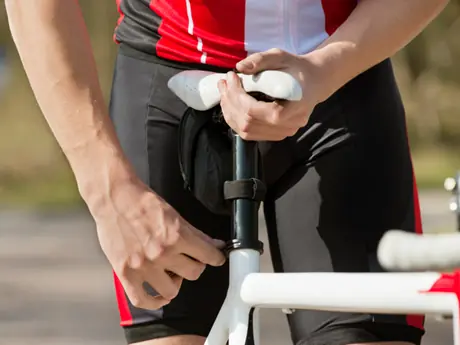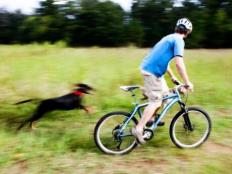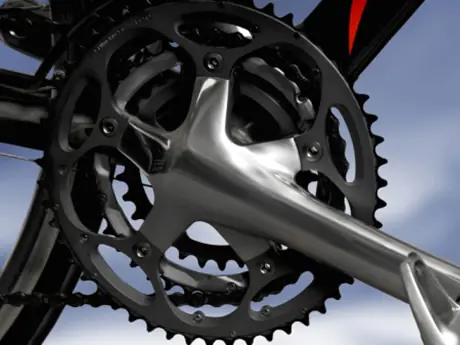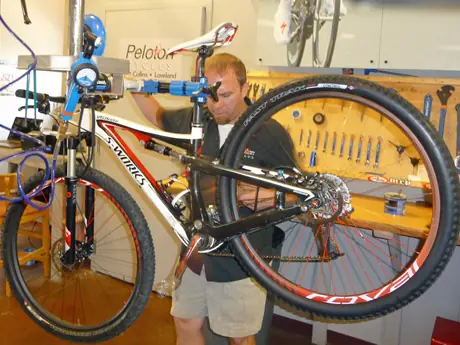
Mountain biking is a big part of adventure racing. In most one-day events, about 40 percent of the event time is spent on a bike so choosing that bike wisely is an important step in getting acclimated in the sport.
More: 10 Ways to Improve Your Mountain Biking
Here are some simple tips that will help you purchase your first bike if you're new to adventure racing.
Know What Kind of Mountain Bike You Need
A mountain bike for adventure racing should be a bike that you can ride relatively long distances comfortably—according to your cycling fitness—for three hours or more.
It should be a bike that's good for both climbing and descending. It should be reasonably light (between 22 and 26 pounds), especially if you're light.
More: Choosing a Specialty Sports or Adventure Camp
And even though there are many types of mountain bikes for a variety of uses and conditions, in adventure racing, we're only interested in two types: XC (cross-country) mountain bikes and "all mountain" bikes.
Full suspension is the way to go if you have the budget. The weight should be in the 24- to 27-pound range or lighter. If you can't put too much money into a new bike, stick with a front suspension (hard-tail) only.
Get a bike with 29 inch size wheels ("29er") if you're tall enough to ride one. The big wheels are conducive to riding longer distances and make the bike more stable and comfortable.
You Get What You Pay For
Your mountain bike is likely to be the most expensive equipment you'll need for adventure racing but it's best to get your first bike brand new.
More: Brace Yourself: Training Tips for Adventure Racing
Mountain bikes are a collection of components: frame, forks, wheels, cranks, shifters, derailleurs, cassette, brakes. The quality and weight of a mountain bike is the sum of the quality of its components. In a new bike, all its components will be of equivalent quality and in optimum condition.
Generally, hard-tail bikes are cheaper than full suspension bikes because the frame requires less manufacturing and there is no rear shock. Rear shock can account for 20 percent of the price of a bike.
Lots of manufacturers have developed a range of low-end components that fit urban use but that can't really cope with the strains of off-road riding. You should avoid the low-end range of mountain bikes (which are usually $300 to $800).
More: Adventure Racing
- 1
- of
- 2








Discuss This Article